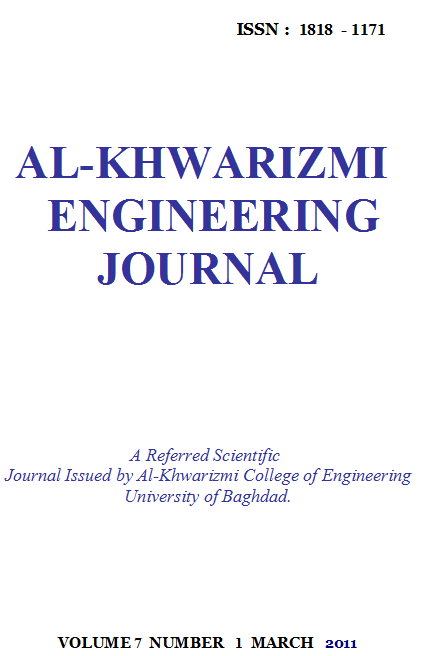Effect of Construction Joints on Performance of Reinforced Concrete Beams
Keywords:
Construction joint, reinforced concrete, beams, cracks in concreteAbstract
Construction joints are stopping places in the process of placing concrete, and they are required because in many structures it is impractical to place concrete in one continuous operation. The amount of concrete that can be placed at one time is governed by the batching and mixing capacity and by the strength of the formwork. A good construction joint should provide adequate flexural and shear continuity through the interface.
In this study, the effect of location of construction joints on the performance of reinforced concrete structural elements is experimentally investigated.
Nineteen beam specimens with dimensions of 200×200×950 mm were tested. The variables investigated are the location of the construction joints (at midspan or at third point of the specimens), type of construction joints (vertical, inclined, and key construction joints), and presence of stirrups at these joints. The specimens were tested using 1000 kN computer controlled versatile electronic testing machine. The specimens were positioned in the machine so that the deflection at center and\or at the location of construction joint was measured at each load step.
The results of the experimental program indicated that the best location of the construction joint is at the point of minimum shear. It was found that the use of vertical construction joint has little effect on the overall behavior of beam specimens (the percentage of reduction in ultimate load capacity is in the range of 0% - 5%).
While inclined construction joints results in a noticeable reduction in strength of beams relative to the strength of beam without construction joint the percentage of reduction in ultimate load capacity is in range of 8% - 20%.The presence of stirrups at the construction joints is an important variable, which affect the type of failure and load carrying capacity. It is found that adding of stirrups across the joint results in an increase in capacity in the range of (7%- 15%) and a decrease in deflection in the range of (20%- 48%).
Downloads
Downloads
Published
Issue
Section
License
Copyright: Open Access authors retain the copyrights of their papers, and all open access articles are distributed under the terms of the Creative Commons Attribution License, which permits unrestricted use, distribution, and reproduction in any medium, provided that the original work is properly cited. The use of general descriptive names, trade names, trademarks, and so forth in this publication, even if not specifically identified, does not imply that these names are not protected by the relevant laws and regulations. While the advice and information in this journal are believed to be true and accurate on the date of its going to press, neither the authors, the editors, nor the publisher can accept any legal responsibility for any errors or omissions that may be made. The publisher makes no warranty, express or implied, with respect to the material contained herein.












